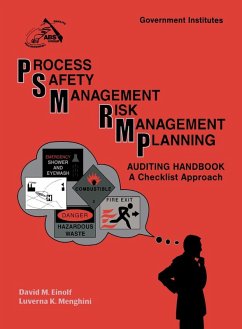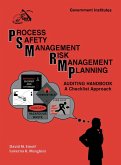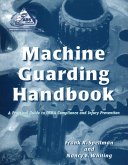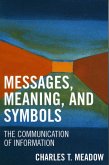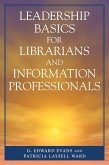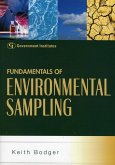This book provides facility managers with an easy-to-use annotated guide to completing a Process Safety Management/Risk Management Planning (PSM/RMP) audit and determining compliance. Using this reference, you'll learn how to evaluate current regulatory thinking and interpretations and develop a compliant and functioning PSM/RMP program. To simplify your process, the authors provide detailed examples of materials used in compliance audits, extensive examples of compliant programs, and relevant sample documents. PSM/RMP Auditing Handbook presents compliance audit guidelines in a question-and-answer format with the authors' interpretive answers to each. The PSM checklists examine such issues as employee participation, process-safety information, process-hazards analysis, operating procedures, training, contractors, pre-startup safety reviews, hot work permits, incident investigation, and trade secrets. The RMP checklists include worst-case analysis, five-year accident history, management responsibility, document management, safety information, hazard review, operating procedures, training, maintenance, and incident investigations. Special features include a detailed summary of each paragraph of both standards; the complete text of the Code of Federal Regulations (CFR) Title 40 Part 68 and CFR Title 29 Part 1910.119; and where practical, references to Internet addresses or web pages containing pertinent rules or requirement information.
Bitte wählen Sie Ihr Anliegen aus.
Rechnungen
Retourenschein anfordern
Bestellstatus
Storno

